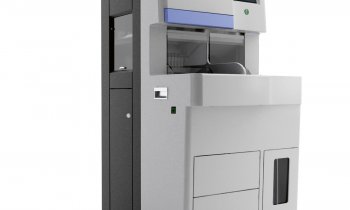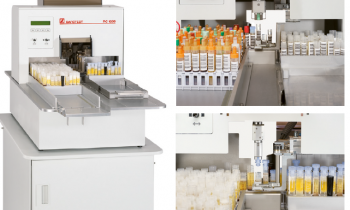Frost & Sullivan predicts growth for the infectious disease diagnostics market
The infectious disease diagnostics market is driven by unprecedented outbreaks of infections and rising awareness of people and policy makers towards the vital use of diagnostic tools to control widespread outbreaks.

In developed markets, infectious disease testing is moving towards the patients’ bedside and the physicians’ office laboratories (POL). This is expected to be a growing trend, where the first round of testing will be done in the POL and samples will be sent to the central laboratories for confirmatory testing alone.
New analysis from Frost & Sullivan, Western European Infectious Disease Testing Market, (www.drugdiscovery.frost.com), finds that the market earned revenues of $74.1 million for MRSA segment, $13.2 million for TB segment, $42.1 million for HPV segment and $3.9 million for hantavirus Infections in 2011.
“The point-of-care and molecular testing segments are the highest growth segments in the infectious disease testing market,” notes Frost & Sullivan Research Analyst Tridisha Goswami. “In addition, as miniaturization has become a growing trend in the infectious disease testing market, it is important for companies to establish strong partnerships with manufacturing leviathans, typically found in China and India.”
On the other hand, restraints of this market include lack of awareness of the specific symptoms and diagnosis of emerging infections, as well as the stringent government regulations, which constitute barriers for new competitors and control price rise.
“Cost and time intensiveness of research & development represents a restraint for small companies in a market dominated by a few big market participants, which further hinders smaller companies from entering the market itself,” adds Goswami.
Molecular testing for infectious diseases is expected to be the preferred mode of testing and is likely to completely replace culture-based testing over the next 10 years, as cheaper tests become available to cater to higher testing volumes and investing in R&D for the same would reap benefits for market players.
“In the future, it is expected that multiplex testing panels of hundreds of diseases will be available and capable to screen for several strains as well as emerging infections at the same time. As technologies are also changing, market players will have to work along these changes to achieve higher growth and profits,” concludes Goswami.
If you are interested in more information on this study, please send an email with your contact details to Anna Zanchi, Corporate Communications, at anna.zanchi@frost.com.
Analysis of the Western European Infectious Disease Testing Market is part of the Healthcare (Diagnostics and Drug delivery) Growth Partnership Service programme, which also includes research in the following markets: MRSA, TB, HPV, Hantavirus and West-Nile Virus Testing, among others. All research included in subscriptions provide detailed market opportunities and industry trends that have been evaluated following extensive interviews with market participants.
08.10.2012











